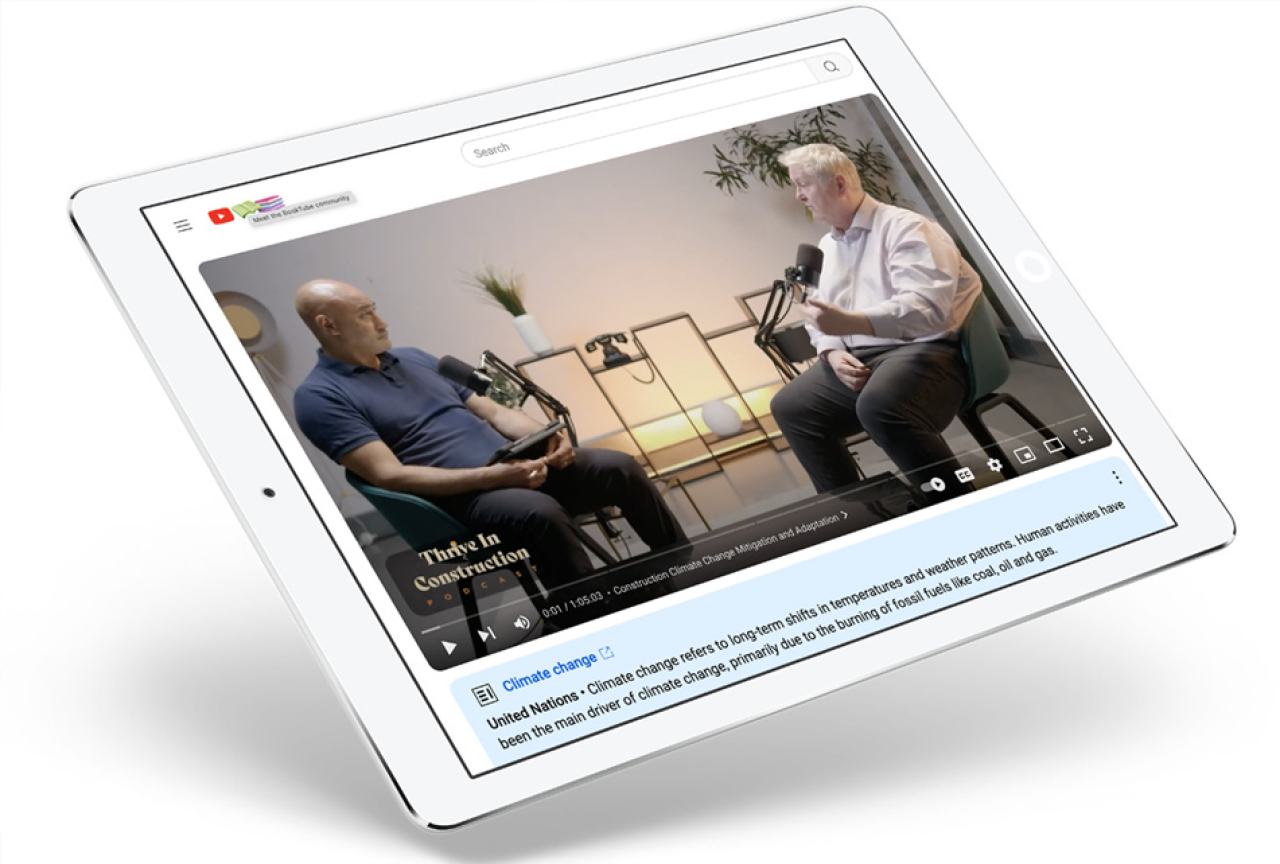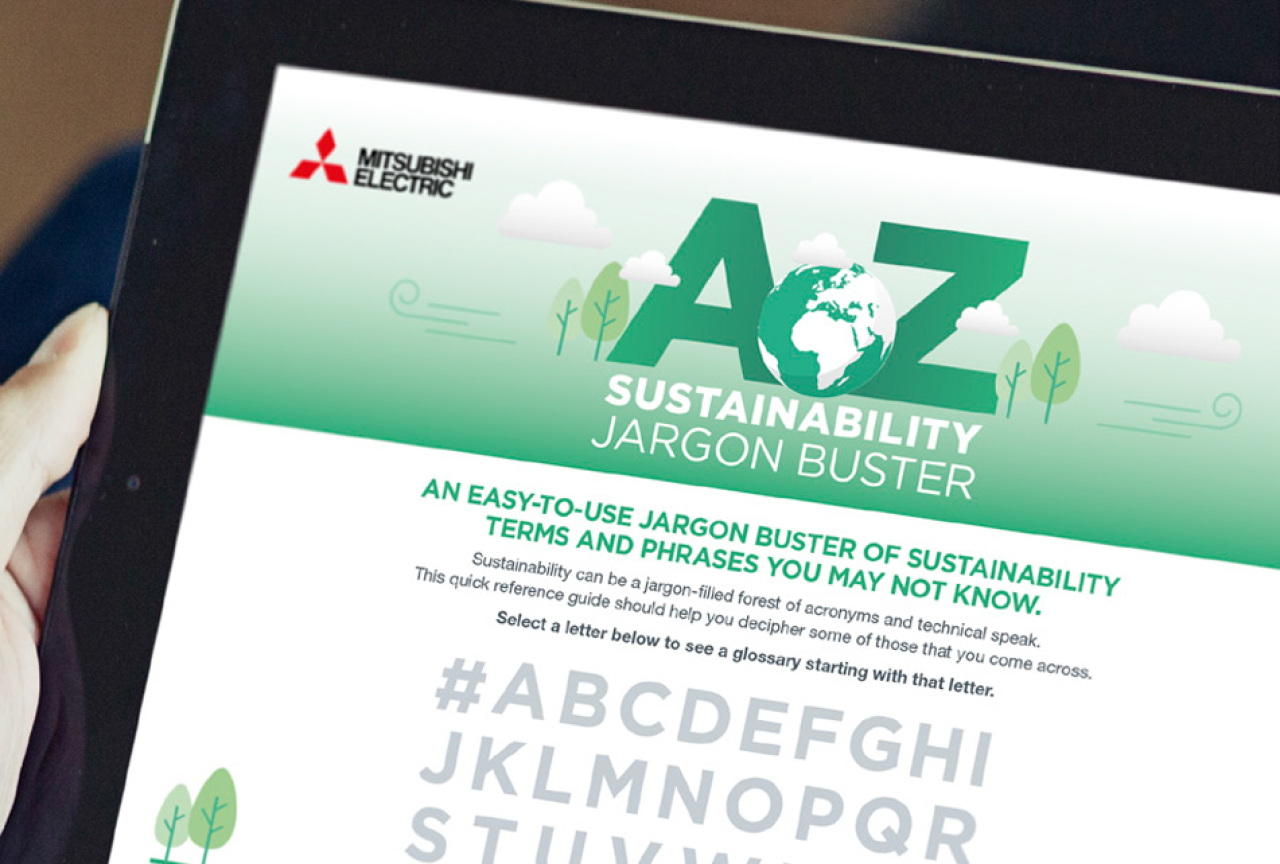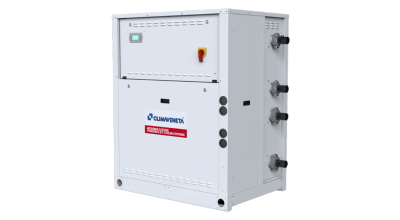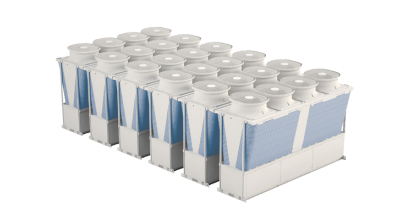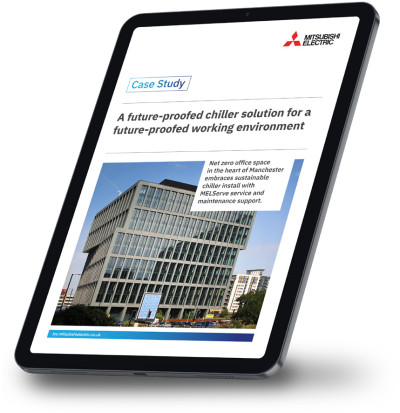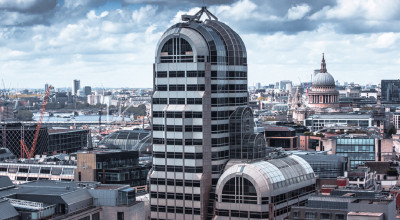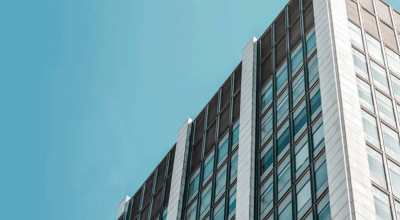Sustainability & The Built Environment - An Insight for M&E Contractors
A sustainable building prioritises energy efficiency and low carbon emissions. It should also meet the needs of occupants by providing a comfortable, healthy and productive environment. These aspects fall within the responsibilities of M&E contractors, who are the heart of delivering sustainable buildings.
To achieve the overarching goal of net zero greenhouse gas emissions by 2050, the UK government has introduced a raft of legislation that impacts the built environment. Buildings, which consume significant energy and contribute substantially to carbon emissions, are central to reducing the UK’s carbon footprint.
As we transition from burning fossil fuels to produce electricity for the grid, and in our buildings for heating and hot water, M&E contractors are at the forefront of helping clients make decisions about new types of equipment such as heat pumps. They can also help to answer the challenge of making systems low-carbon and energy efficient.
Mitsubishi Electric has been at the cutting edge of delivering sustainable HVAC systems for decades. Our goal is to be a leading sustainable business across the world and we are working towards the creation of a low-carbon, energy efficient and recycling-based society. We aim to do this by applying our wide range of technologies to reduce the carbon footprint of the built environment – and to help our customers do the same.
For instance, the first installation of R32 units in the UK took place at the Subsea 7 Campus office in Aberdeen. These Mitsubishi Electric modular e-Series chillers are inverter driven and designed to modulate the cooling load to closely match the demands of the building.
As part of its commitment to supporting M&E contractors, Mitsubishi Electric has put together this information pack to explain some of the key concepts around sustainable buildings. Our aim is to provide a resource and to open a conversation about how we can work together to meet the sustainability challenge.
I’d like to take this opportunity to thank my colleagues on the Mitsubishi Electric Sustainability Team for their contributions to this information pack. And to thank Martin Fahey, Head of Sustainability at Mitsubishi Electric who has taken the lead on our organisation’s sustainability goals.

